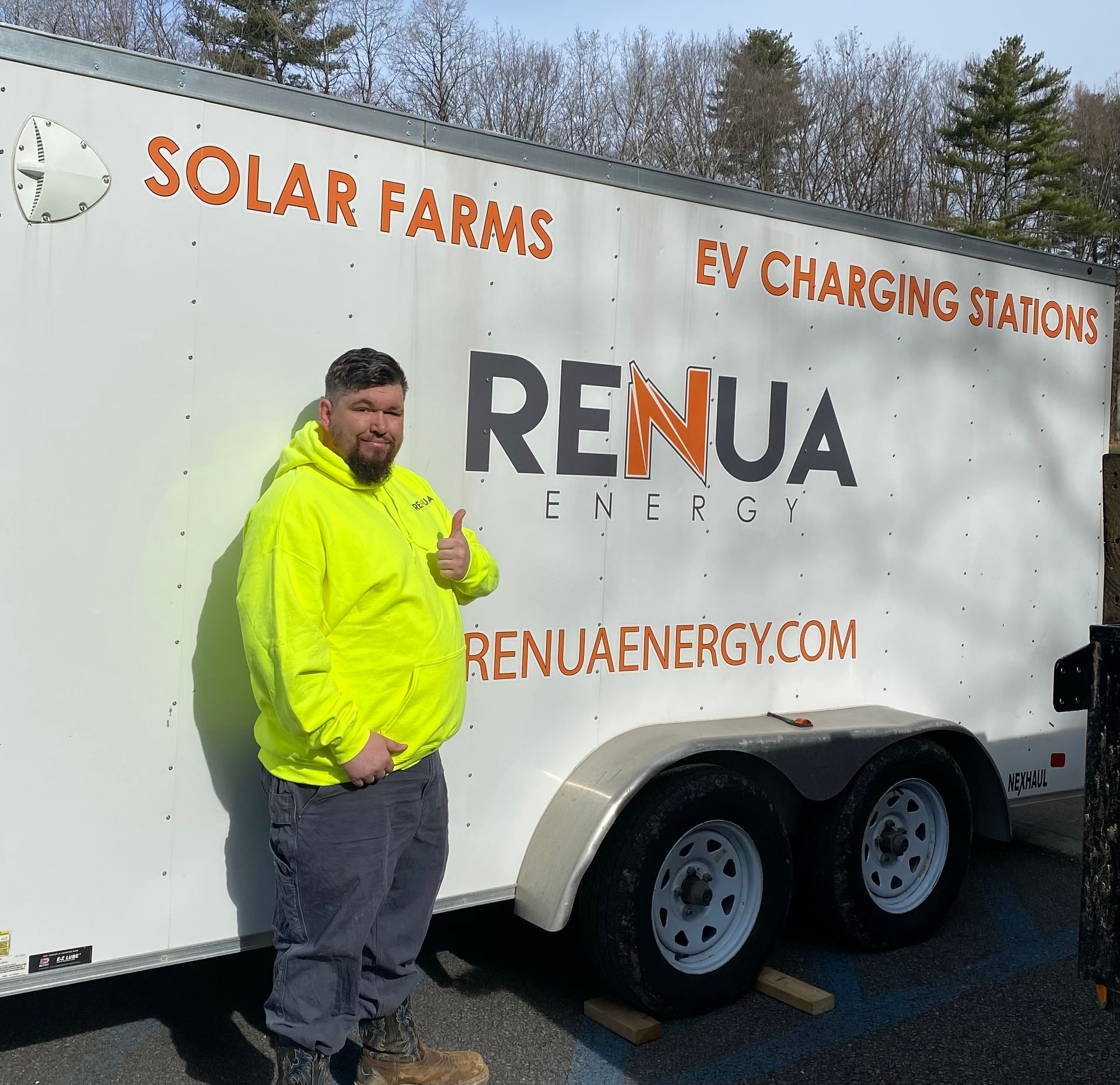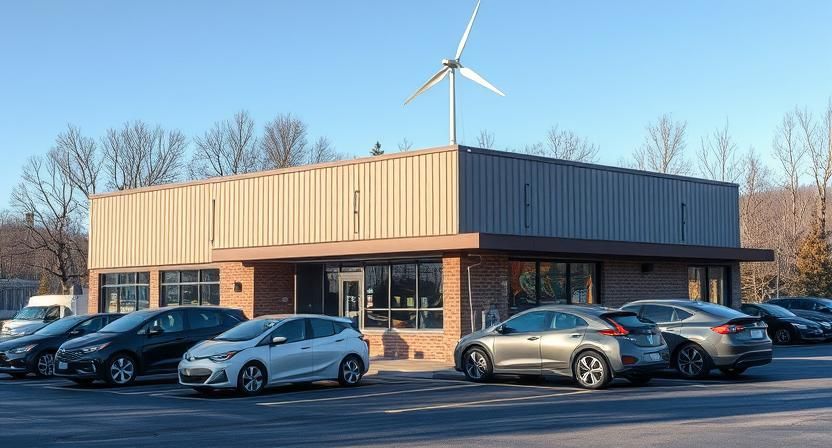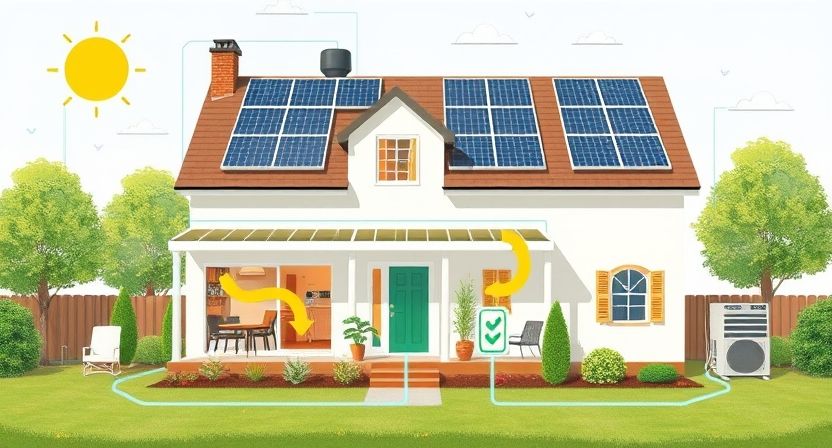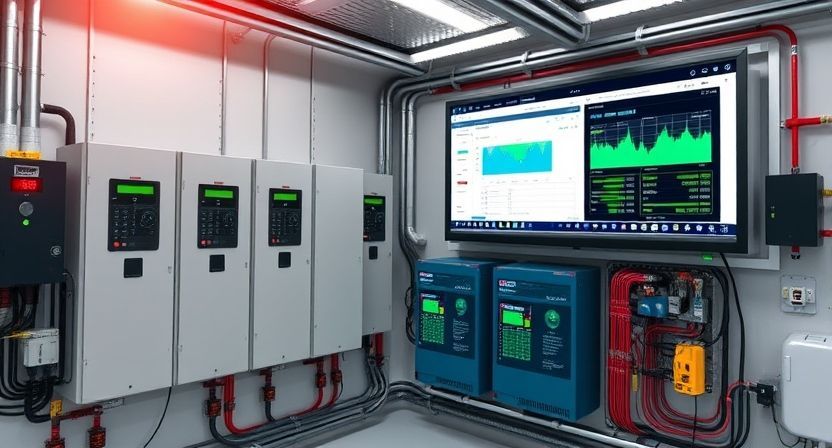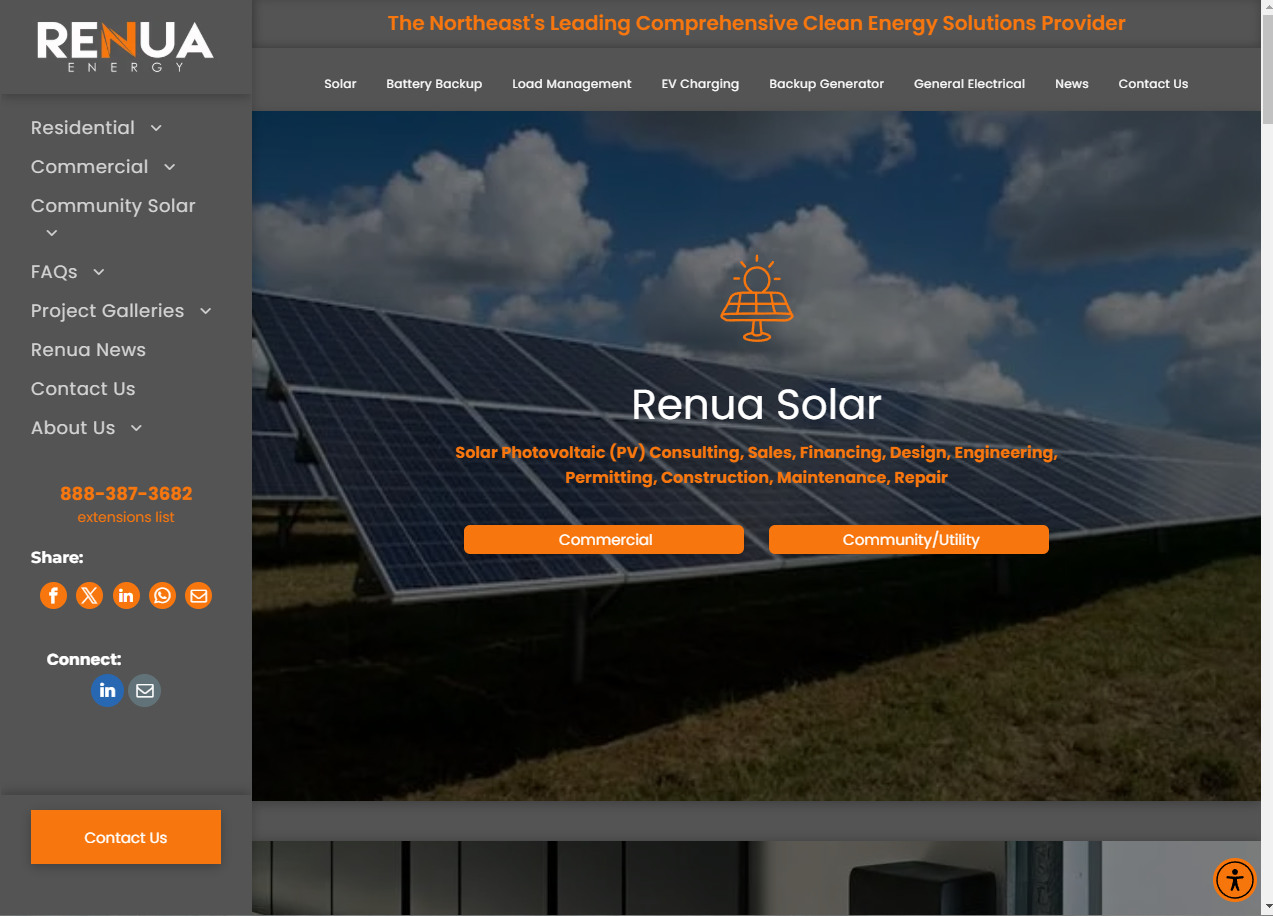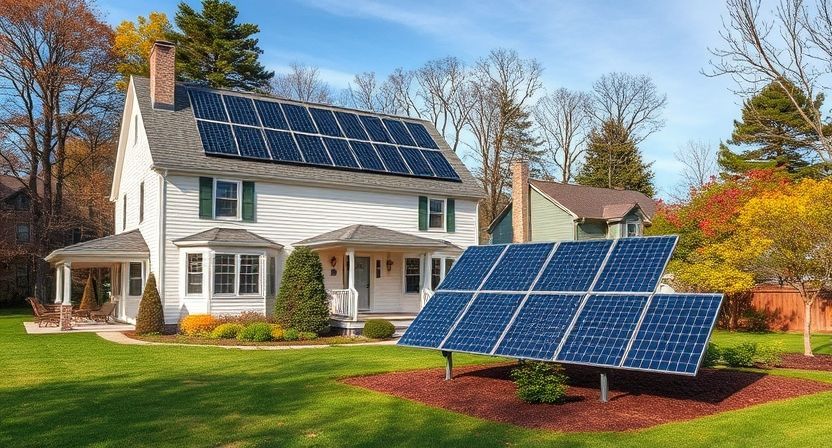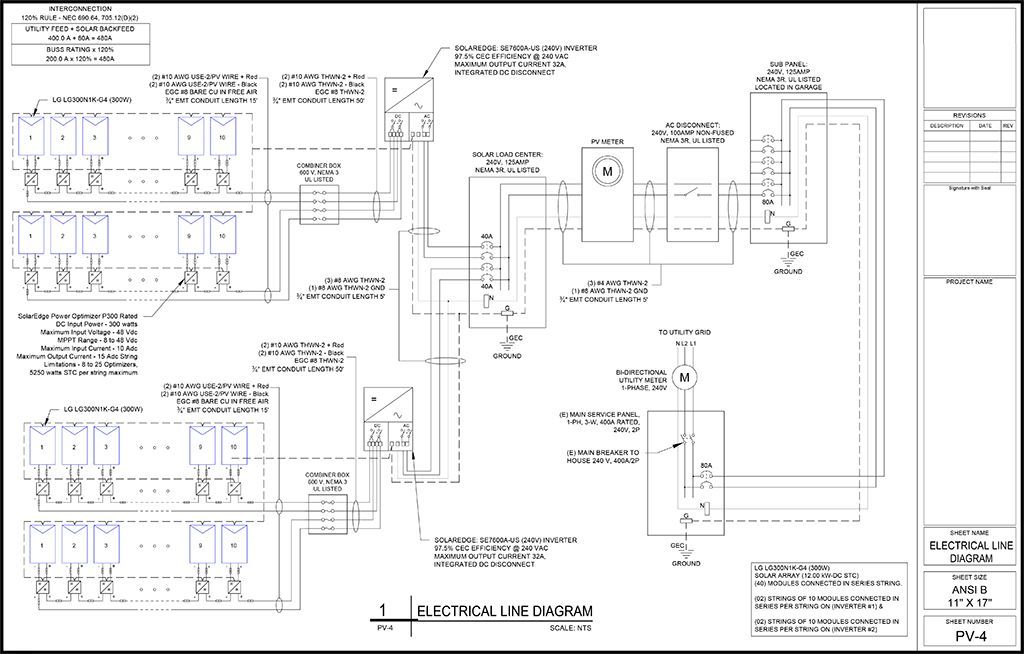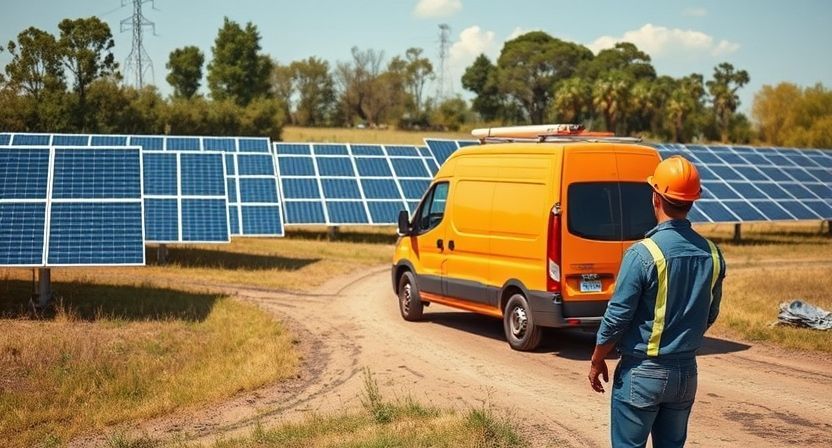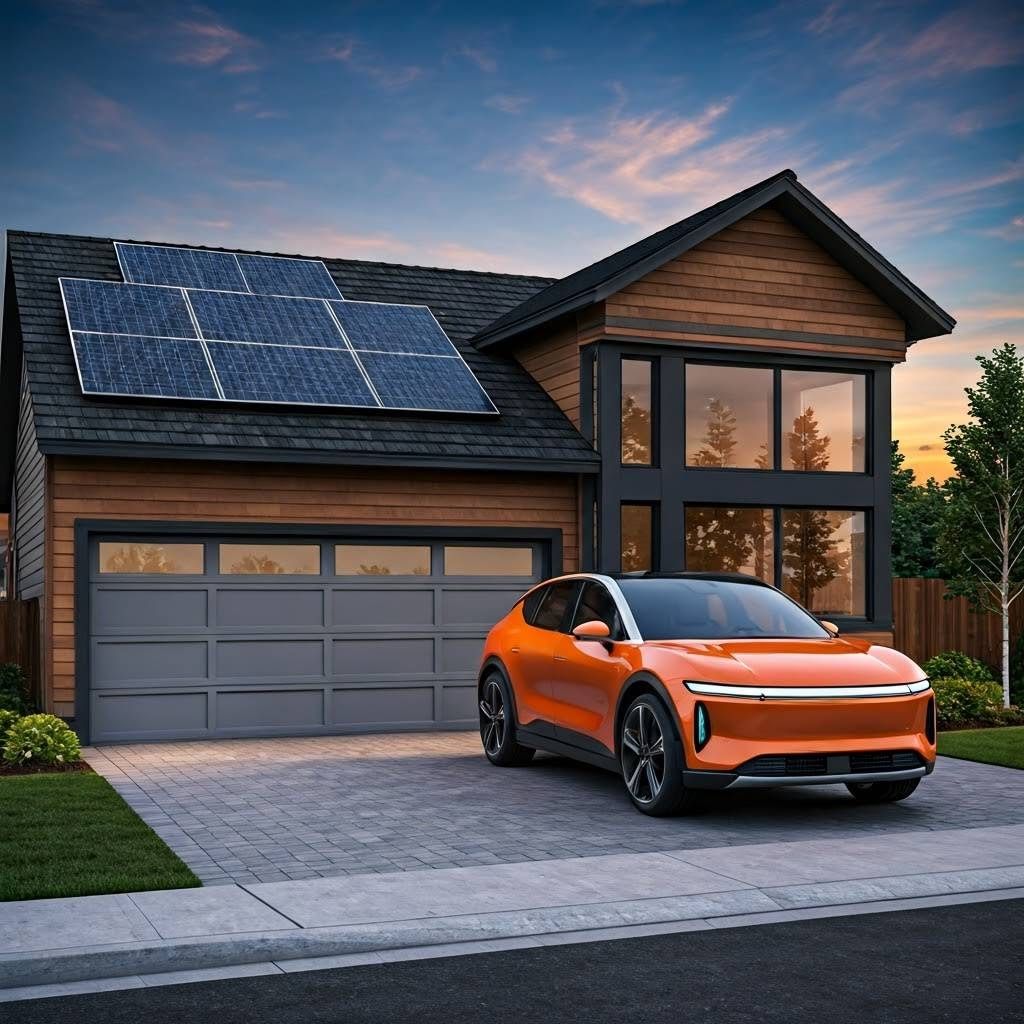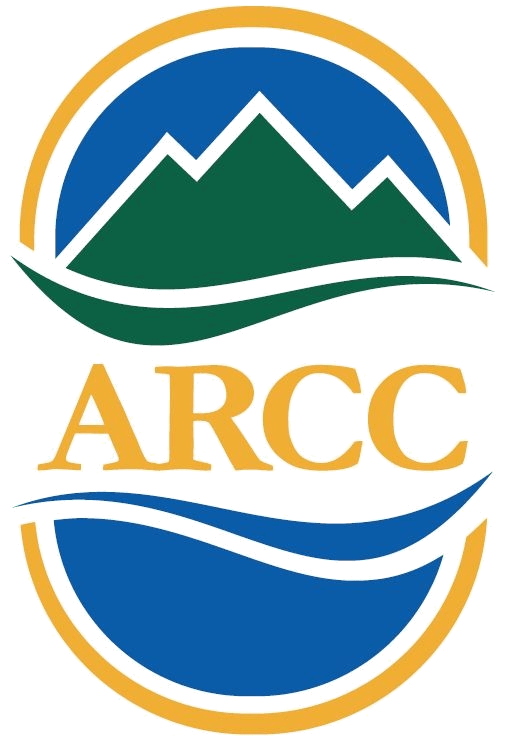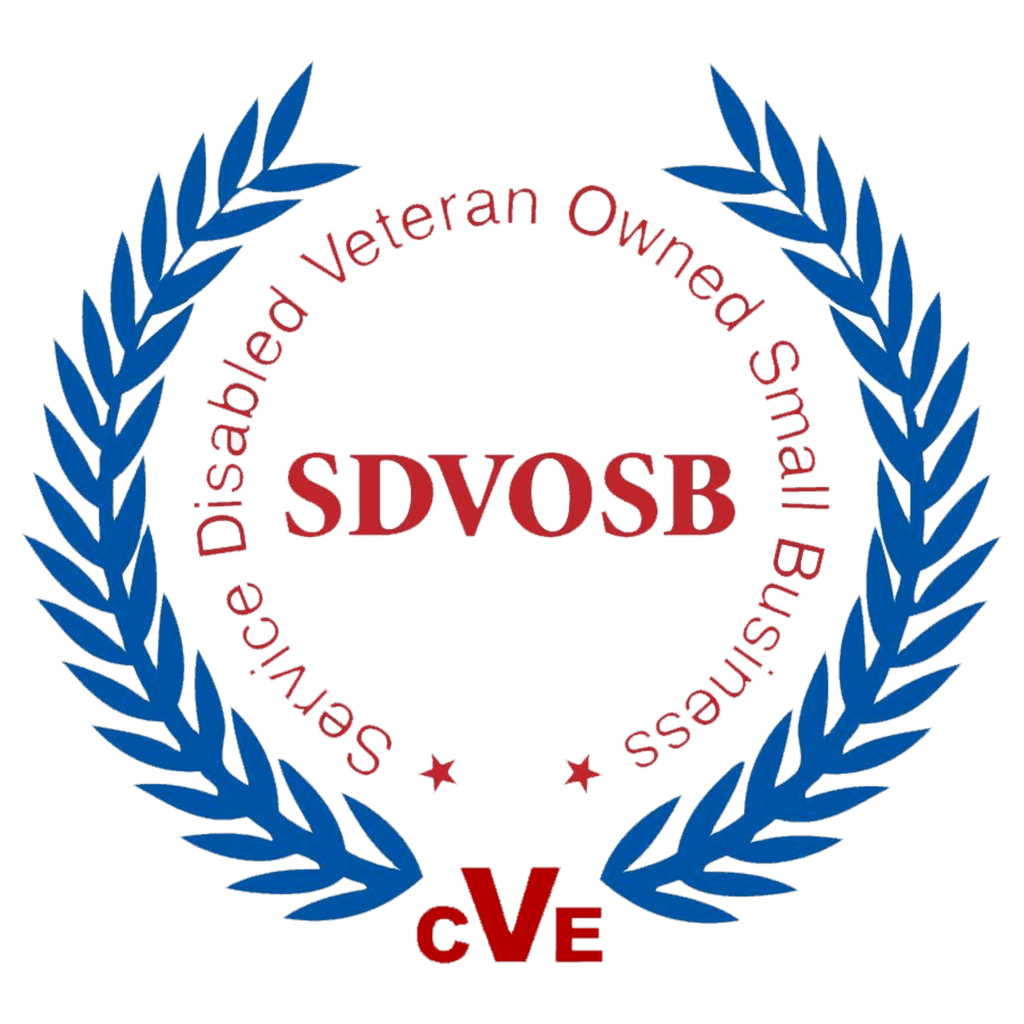Community Solar Project Development In NY- Benefiting All Stakeholders
Renua Provides Project Development Resources for Community Solar Developers
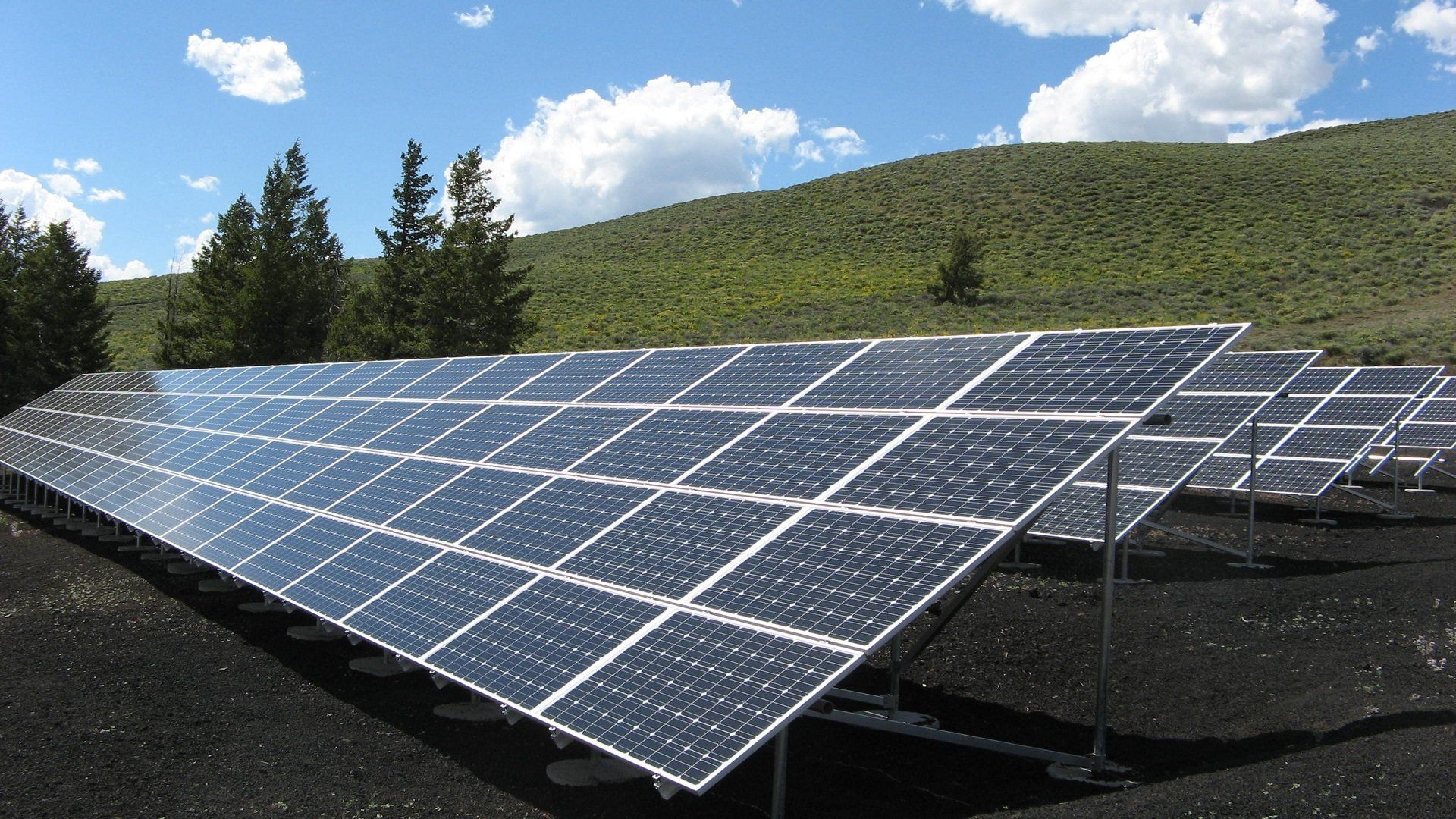
Community solar projects are becoming an increasingly popular way for people to go solar, even if they can't install solar panels on their own property. These projects allow people to pool their resources and build a shared solar array that can provide power to multiple homes or businesses. In this blog post, we'll take a look at the benefits of community solar, the process of developing a community solar project, and some keys to success. We'll also share some case studies of successful community solar projects, as well as some lessons learned from projects that have failed.
Introduction To Community Solar
Community solar is a type of solar power that is shared by a group of people or businesses. This allows more people to access solar energy, and it also reduces the cost of solar energy for everyone involved. Community solar projects are often smaller than traditional commercial projects, but they have many benefits. In this section, we will outline the key benefits of community solar, and discuss how project development works in New York. We will also discuss who the key stakeholders are and what role they play in a successful community solar project.
Community solar projects are a great way for small businesses and communities to get access to solar energy. They can be very cost-effective, and they often result in more solar installations than traditional commercial projects. As the key stakeholders in community solar projects, developers must understand the needs of all of their constituents. This includes understanding how each stakeholder will benefit from the project, as well as ensuring that everyone is on board with the project's goals and objectives. Developers also need to work closely with local authorities and utilities to ensure that community solar projects are developed in a responsible manner.
The Benefits Of Community Solar
Community solar is a great way to increase the value of land and attract investment to an area. It also creates high quality jobs in solar engineering, solar sales, and more. Community solar benefits landowners, investors, customers, and employees.
Governments, businesses, and individuals can benefit from community solar by directly or indirectly providing the necessary resources. Governments can support community solar by creating policies that encourage its growth, such as offering tax breaks and subsidies. Businesses can build or buy shares in community solar projects to reduce their own energy costs and help promote renewable energy. Individuals can buy shares in a community solar project to support environmentalism and clean energy. Community solar also creates high quality jobs in fields like engineering, sales, and installation.
The Process Of Developing A Community Solar Project
A community solar project entails the collaborative effort of many individuals and organizations, each with a differing role to play in order for the project to reach completion. This process can be long and complicated, but it offers many benefits for all stakeholders involved.
Land owners provide space for where the PV system will be installed while investors offer the finances needed to get the project off the ground. Community Solar Developers (CSD) are responsible for putting all of these pieces together and making sure that everything runs smoothly. They work with land owners, investors, solar engineers, and solar salespeople to make sure that everyone is on board and that the project is moving forward as planned. CSDs also liaise with government bodies such as local councils to ensure compliance with applicable regulations.
The process of developing a community solar project can be long and complicated, but ultimately it provides significant benefits for all involved. Projects can often lead to increased property values due to their proximity to major urban centers or other desirable locations. Additionally, projects typically result in reduced energy costs for participating residents or businesses due to renewable energy generation. In some cases, community solar projects have even resulted in new jobs being created within local communities!
Stakeholder Roles And Responsibilities
As developers, it is our job to find viable sites for a PV system and identify potential host customers, project allies, permitting authorities, and other key stakeholders. It is also important that we design the PV system to meet customer load profile, interconnection requirements, shade analysis, and site-specific conditions such as weather and wind. We need to be sensitive to the needs of all these different groups in order to get the project completed on time and within budget.
As engineers, we are responsible for designing the PV system to meet customer load profile, interconnection requirements, shade analysis, and site-specific conditions such as weather and wind. We need to account for every possible detail in order to ensure that the system will work properly in any given situation. Additionally, we need to manage customer acquisition process from start (landowner engagement) to finish (contract signing). It's an important role that requires a lot of diligence and attention to detail.
Keys To Successful Community Solar Projects
When it comes to community solar projects, partnerships are key. Partnering with land owners ensures that the project has access to a large amount of potential power sources. Securing investments early on is also important, as this will help to reduce the risk of the project and speed up the process. Community outreach and engagement is crucial for success; without it, many people may be unwilling or unable to participate in the project. A strong project development team is essential, as they will be responsible for ensuring that all aspects of the project are completed on time and within budget. Having a well thought out engineering and sales plan will help ensure that the project succeeds.
Community solar projects are a great way to reduce energy costs and improve the environment. By working with local land owners, project developers can ensure that the power sources for their project are plenty. Securing investments early on in the process helps to minimize risk, while community outreach and engagement is important to ensure that everyone is aware of the benefits of joining the project. A well-developed engineering and sales plan will help make sure that the project succeeds, while a good team ensures that it runs smoothly from start to finish.
Case Studies Of Successful Projects
Community solar projects have been tremendously successful in terms of both economic and environmental benefits. By installing solar panels on community property, landowners can get involved in the renewable energy market while also generating income. In addition, investors and developers can gain access to a new market segment and create jobs.
Successful community solar projects have taken into account a variety of factors, including solar engineering and sales considerations. It is important to understand the customer base and their needs in order to design a project that will be successful. Additionally, it is essential to have an understanding of state laws and regulations when planning a community solar project.
In recent years, community solar projects have become increasingly popular. This is likely due to the many benefits they offer both investors and customers. Community solar projects are unique in that landowners can get involved in the renewable energy market while also generating income. Additionally, developers and investors can gain access to a new market segment and create jobs.
The following case study illustrates how a community solar project was successfully implemented. The project consisted of installing solar panels on community property in order to generate electricity for residents of the town. The project was designed with the customer base in mind, as well as state laws and regulations. The resulting project was an overwhelming success, with residents enjoying lower electricity costs and increased environmental awareness.
Lessons Learned From Failed Projects
Community solar can be a great way to benefit all stakeholders. By sharing the burden of solar power generation, community solar can help to drive down costs for everyone involved. Additionally, by reaching out to key stakeholders and educating them on the benefits of community solar, it can secure their buy-in and help to ensure that the project goes off without a hitch.
The importance of choosing the right partners is crucial when undertaking any type of project. It is important to find partners who have similar goals and objectives, as well as those who are willing and able to share in the risk associated with the project. It is also important to make sure that partner selection process is thorough and includes proper due diligence. This will help avoid common mistakes such as overpaying for assets or underestimating the work required.
One common mistake that projects make is underestimating the work required. By failing to account for the fact that community solar projects require a lot of legwork and coordination, project leaders end up spending more time and money than necessary. In addition, by selecting partners who are not able or willing to contribute equally to the project's risk, project leaders run the risk of burdening their friends and family with too much financial responsibility.
Another mistake that projects make is overpaying for assets. By doing this, project leaders end up investing more money in an asset than it is worth. This can lead to unexpected costs down the road, such as having to sell the asset at a loss or having to spend extra money on maintenance because it was not properly funded from the beginning.
In A Nutshell
Community solar is a great way for communities to get involved in the renewable energy market while also generating income. In addition, developers and investors can gain access to a new market segment and create jobs. By taking into account a variety of factors, including solar engineering and sales considerations, community solar projects can be highly successful. Additionally, understanding state laws and regulations is important when planning a community solar project.

Renua Energy is a federally and state certified SDVOSB providing solar development project resources and electric vehicle service equipment project development.
Have Questions?
We're here to help!
All Rights Reserved | Renua Energy Inc.
Renuaenergy.com and the editorial content, graphics, and products of the Renua Energy website, unless otherwise noted, are the products of Renua Energy Inc.. The information presented on this website is copyrighted as collective work. Any unauthorized reproduction, by any means, mechanical or electronic, without the express written permission of Renua Energy Inc. is strictly prohibited.

